Eye Protection, General, Podcast Articles
Quick Summary of Eye Protection Regulations in South Africa
Understanding EU Regulation 2016/425 on Personal Protective Equipment (PPE) for eye protection
South African SANS standards for eye protection is an adoption of the EN standard, which forms part of the Regulation (EU) 2016/425, thus the regulation plays a crucial role in ensuring the quality, safety, and compliance of personal protective equipment (PPE) products, including eyewear designed to protect against various risks.
This article summarises the key aspects of this regulation that are particularly relevant to safety officers and procurement managers.
Scope and Definitions
The regulation is applicable to all forms of PPE intended to be worn or held by individuals for protection against health and safety hazards. This includes eyewear specifically designed to shield the eyes from risks such as mechanical impacts, dust, splashes, or radiation.
Conformity Assessment
Before eyewear can be marketed as PPE, it must undergo a conformity assessment to ensure it meets EU safety standards. This process includes the evaluation of the design (type examination), quality control of the manufacturing process, and sometimes ongoing surveillance.
CE Marking
Eyewear that passes the conformity assessment is marked with the CE symbol, indicating that the product meets all EU safety, health, and environmental requirements.
Classification of PPE
- Category I: Minimal risks
- Category II: Risks not covered in Categories I or III
- Category III: Serious risks, such as irreversible harm
Obligations of Economic Operators
Manufacturers, importers, and distributors have specific obligations under the regulation, such as ensuring PPE compliance, maintaining technical documentation, and addressing non-compliance issues. Thus manufacturers must provide comprehensive technical documentation to prove conformity to relevant safety standards. This includes an EU Declaration of Conformity that must accompany the product.
Risk Assessment
Regular risk assessments are crucial to determine the appropriate types of eyewear needed for specific tasks or environments within an organisation. Eyewear is typically classified based on the level of risk it protects against.
Training and Information
It is essential that workers are properly trained on the correct use of eyewear and informed about the risks it mitigates to ensure both compliance and safety. (Pro-Tip: Ensuring the correct care and maintenance of the product can add to its longevity.)
Record Keeping and Traceability
Importers and distributors are required to keep records of the products they bring to the market for ten years to ensure traceability in case of non-compliance.
By understanding and adhering to these points, safety officers and procurement managers can ensure that the eyewear purchased and used within their organisations complies with EU standards and effectively protects users against identified risks.
Click HERE to listen to our Let’s Talk Safety Podcast episodes on eye protection.
View our spectacles and goggle options below.

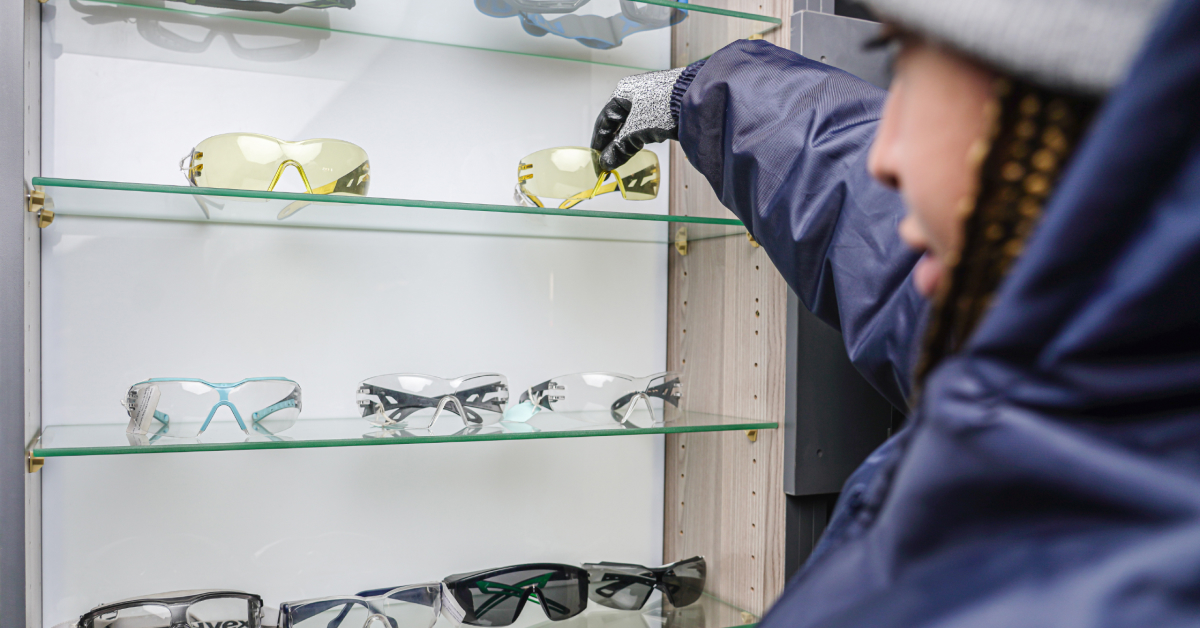
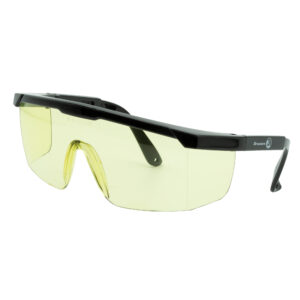
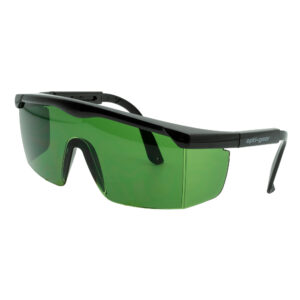
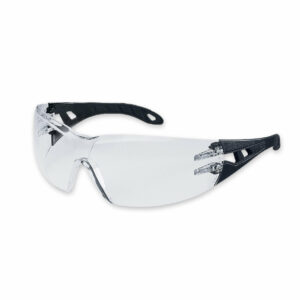
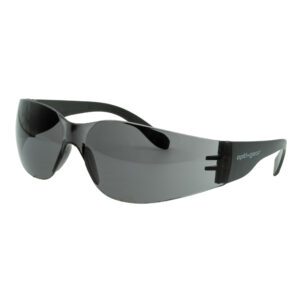
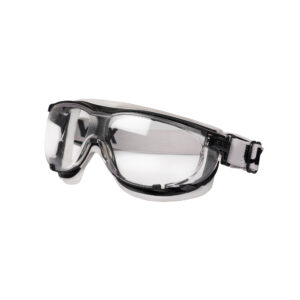

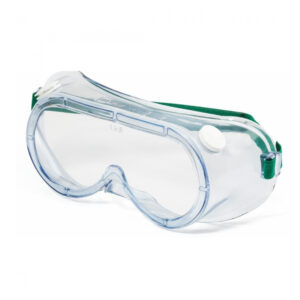
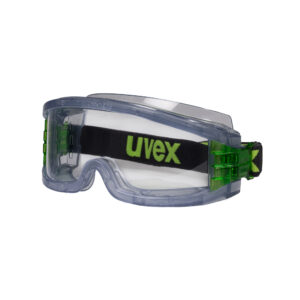
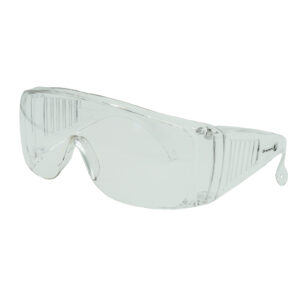
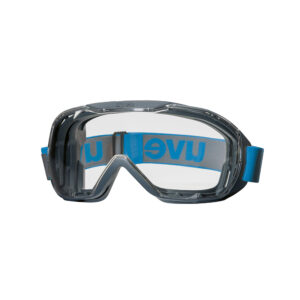
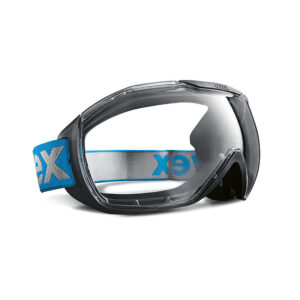
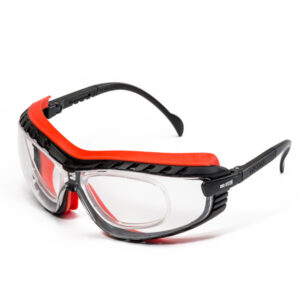
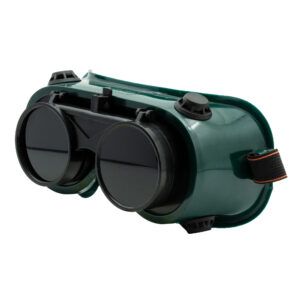
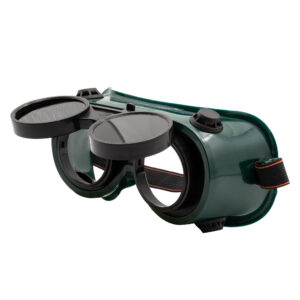
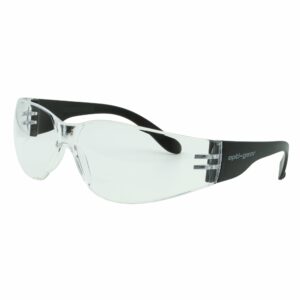
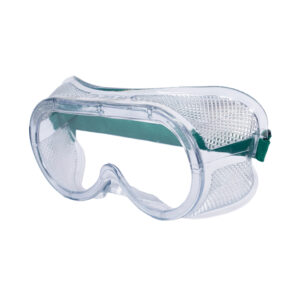

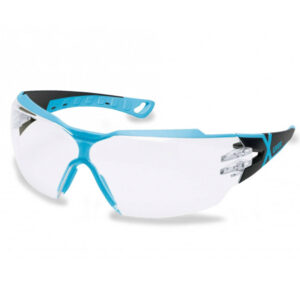
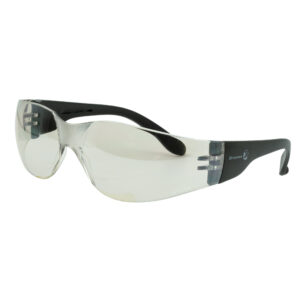
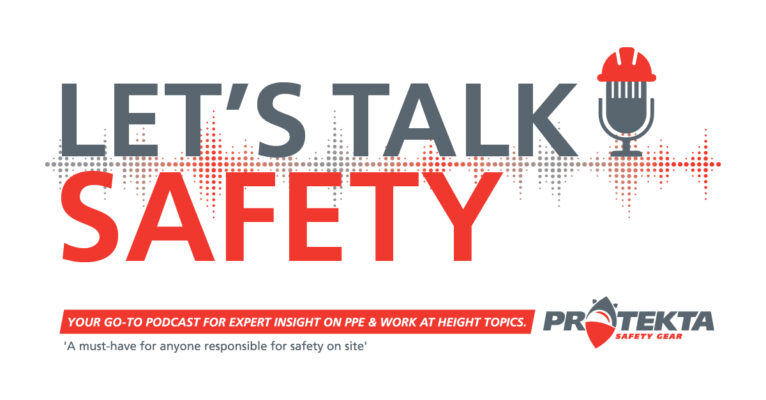
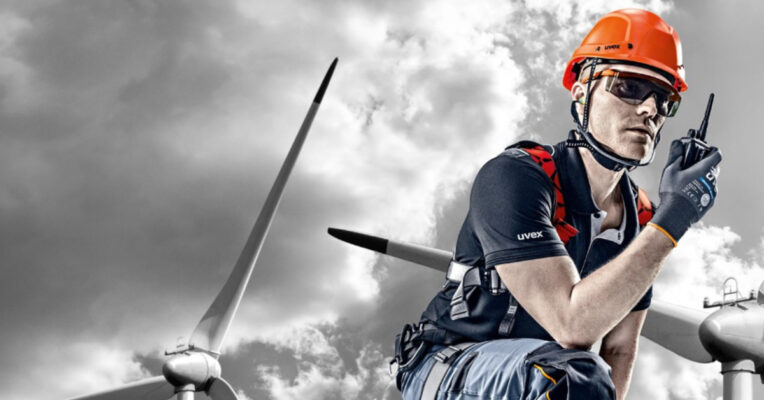
Pingback: How to Comply with Eye Protection Standards in South Africa - Protekta Safety Gear